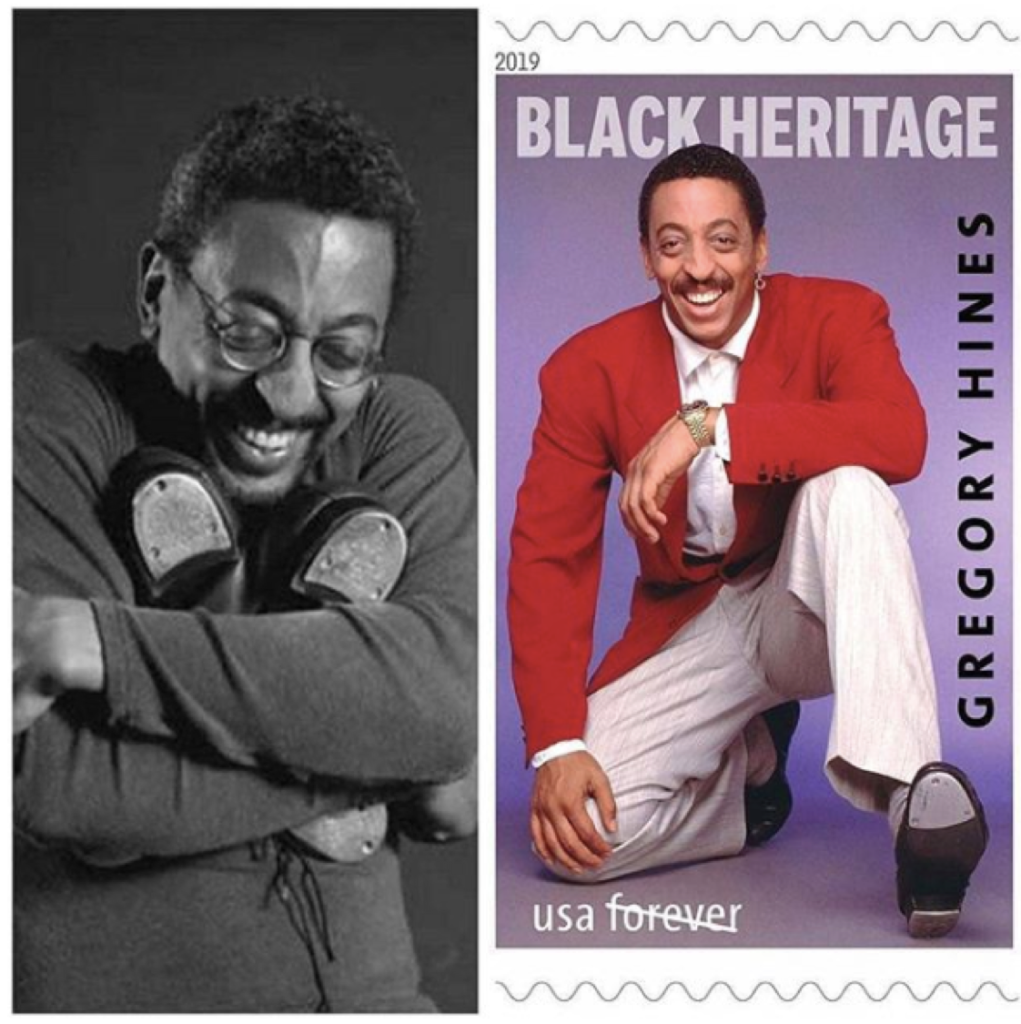
As a tap dancer, actor, and choreographer, you've probably seen Gregory Hines in one of his many roles like in a music video, movie, on stage or tap dancing on Broadway. Hines was a major figure in the revitalization of tap dancing in the late 20th century.
By the age of four, Hines and his older brother Maurice were taking tap lessons with renowned dancer and choreographer Henry Le Tang. The brothers soon formed the Hines Kids, a song-and-dance act that appeared in clubs across the United States. When Gregory was six years old the duo performed at the Apollo Theater in New York, and two years later he made his Broadway debut in The Girl in Pink Tights (1954). The act’s name was later changed to the Hines Brothers, and in 1963 it became Hines, Hines and Dad when their father joined them as a drummer. The trio made numerous television appearances and performed throughout the United States and Europe. Mounting tensions with his brother, however, and declining public interest in tap dancing led Gregory to leave the act in 1973 and move to California. There he formed the jazz-rock band Severance, serving as songwriter, singer, and guitarist. By the late 1970s, however, the band had broken up, and Hines had returned to New York to resume his dancing career.
In 1978 Hines starred with his brother in Eubie!, a tribute to American ragtime pianist and composer Eubie Blake that was choreographed by Le Tang. The production was a great success and sparked new interest in tap dancing. Hines received a Tony Award nomination, and other nominations followed for performances in Comin’ Uptown (1979) and Sophisticated Ladies (1981). In the early 1980s Hines began appearing regularly on television and in movies. He proved a versatile actor, and his numerous film credits include History of the World: Part I (1981), The Cotton Club (1984), and White Nights (1985), in which he starred with Mikhail Baryshnikov. In the 1989 film Tap, he appeared alongside Sammy Davis, Jr., and other once well-known African American tap dancers. In 1989 he also won an Emmy Award for his television special Gregory Hines: Tap Dance in America. Hines continued to appear on Broadway, and in 1992 he costarred with Savion Glover in Jelly’s Last Jam. Portraying an older version of Jelly Roll Morton, Hines received his first Tony Award. He later performed in the role of dancer Bill (“Bojangles”) Robinson in the television film Bojangles (2001). In addition to his acting and dancing work, Hines also released an album of songs in 1988 and made his directorial debut with the 1994 film Bleeding Hearts.

Hines died of liver cancer on August 9, 2003, en route to the hospital from his home in Los Angeles. He had been diagnosed with the disease more than a year earlier but had informed only his closest friends.
Several types of cancer can form in the liver. The most common type of liver cancer is...
... hepatocellular carcinoma, which begins in the main type of liver cell (hepatocyte). Other types of liver cancer, such as intrahepatic cholangiocarcinoma and hepatoblastoma, are much less common.
Not all cancers that affect the liver are considered liver cancer. Cancer that begins in another area of the body — such as the colon, lung or breast — and then spreads to the liver is called metastatic cancer rather than liver cancer. And this type of cancer is named after the organ in which it began — such as metastatic colon cancer to describe cancer that begins in the colon and spreads to the liver. Cancer that spreads to the liver is more common than cancer that begins in the liver cells.
Most people don't have signs and symptoms in the early stages of primary liver cancer. When signs and symptoms do appear, they may include:
- Losing weight without trying
- Loss of appetite
- Upper abdominal pain
- Nausea and vomiting
- General weakness and fatigue
- Abdominal swelling
- Yellow discoloration of your skin and the whites of your eyes (jaundice)
- White, chalky stools
On January 28, 2019, the US Postal Service honored Hines with a postage stamp, issued with a ceremony at The Buffalo Academy for Visual and Performing Arts in Buffalo, New York. The stamp is part of its Black Heritage series.









